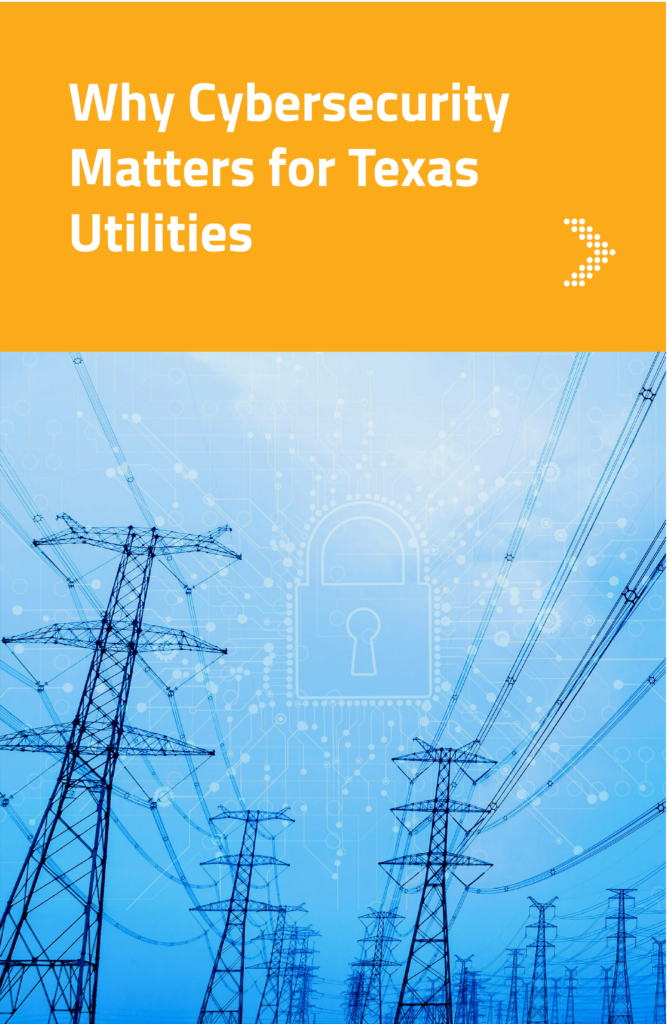Texas Cybersecurity Outreach Program
Are you prepared for a cyber threat?
Join the conversation today.

What is the Cybersecurity Outreach Program?
The Cybersecurity Outreach Program is a voluntary initiative designed to help Texas utilities identify, assess, and strengthen their cybersecurity and physical security posture. Led by Paragon Systems as the state’s independent Cyber Monitor, the program fosters collaboration between utilities and the Public Utility Commission of Texas (PUCT).
Program Components
SECURITY MEETINGS
Quarterly sessions between our cybersecurity monitors and utilities to provide opportunities to share best practices, discuss threats, vulnerabilities, and hot topics.
EXERCISES
Incident response (IR) training opportunities structured to simulate realistic scenarios that focus on a utility’s capability to detect, identify, protect, respond, and recover from an attack.
SELF ASSESSMENTS
Confidential comprehensive surveys comprised of several cybersecurity domains, designed to evaluate a utility’s cyber and physical security efforts
CONFERENCES
Conferences with keynote speakers from the public and private sector, best practice lectures, in-person tabletop exercises, and networking opportunities.

Real-world attacks on critical infrastructure demonstrate the growing threat landscape utilities face:
- Pennsylvania Water Facility Hacked (2023) – Attackers targeted a booster pump station, inserted malicious code, and gained control over the system. The water facility went into manual mode to prevent any disruptions to the water supply.
- Colonial Pipeline Ransomware Attack (2021) – A ransomware group disrupted fuel supply across the East Coast, highlighting critical infrastructure vulnerabilities and the need for stronger cybersecurity protocols.
- U.S. Power Grid Attacks (2020) – A series of cyberattacks targeted the U.S. electric grid, with the aim of causing widespread power outages.
By joining the Cybersecurity Outreach Program, you’ll gain access to expert guidance, best practices, and tools to stay ahead of emerging threats.
How the Program Helps
Participating utilities receive:
Cybersecurity Self-Assessments – Evaluate your security posture utilitizing established industry frameworks – C2M2, CIP, CSF, and CMMC
Quarterly Security Meetings – Engage with industry experts and peers to discuss emerging threats and best practices
Training & Tabletop Exercises – Strengthen incident response capabilities through real-world attack simulations
Maturity Improvement Reports – Get actionable recommendations and free resources to improve security resilience
Biennial Cybersecurity Summits – Gain valuable insight from keynote speakers and participate in Red Team-Blue Team exercises to test and enhance your defensive posture

Program Feedback
"Being a program member has helped us learn more about real world attacks and how to defend against them, as well as
better understand government agencies and their overlapping roles.”

"The self assessment was useful and easy to understand. The report we received based on it improved my understanding of best practices and available resources”

"The tabletop's objectives and scenarios were realistic and applicable to what we do. It's certainly an important item to practice regularly.”
